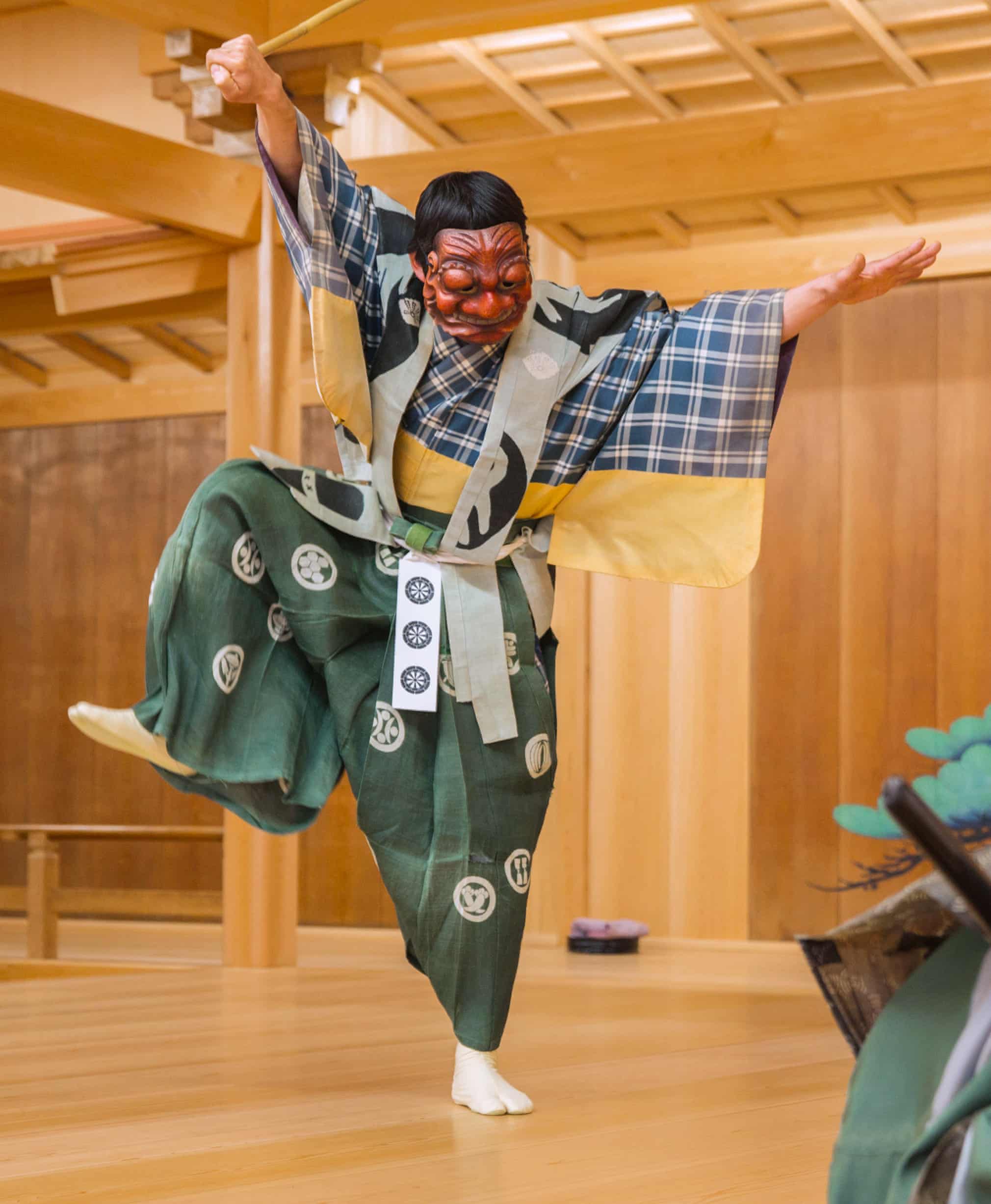Community, Leadership, Experimentation, Diversity, & Education
Pittsburgh Arts, Regional Theatre, New Work, Producing, Copyright, Labor Unions,
New Products, Coping Skills, J-O-Bs...
Theatre industry news, University & School of Drama Announcements, plus occasional course support for
Carnegie Mellon School of Drama Faculty, Staff, Students, and Alumni.
CMU School of Drama
Subscribe to:
Post Comments (Atom)

2 comments:
Kitazawa Hideta’s ability to convey so much emotion and expression through a mask is amazing. In high school, a director I worked with was extremely against putting any masks onstage. He claimed that it hid the natural expression of the actors and would muffle their voices. I always thought that was a really restrictive way of thinking—there are tons of cultures that treat masks as an essential part of theater. In Greece, masks were work by the chorus to help show character and amplify their voices. Commedia actors in Italy wore masks that helped audiences identify their character type immediately. Before this article, I had no idea that Noh and Kyōgen theatre also made use of masks. The masks follow an intricate set of rules and conventions about color, shape, and style that regular audiences would recognize instantly. I wish that, especially in high school when young artists are still so malleable, we would spend more time learning about non-Western theatre. There are so many amazing types of theatre like this one that depart from standards we’ve been taught to follow.
These masks are a beautiful display of skill and craftsmanship. Meant for classical and contemporary Noh and Kyōgen theatre performances, these masks express archetypal characters in stories rich in historical and fantastical context both. Kitazawa Hideta himself has had a self-evidently illustrious and successful career in mask masking. He was taught by his father in his art through observation alone. His process was passed down through generations - He starts with choosing the wood, then making a clay model, and finally carving the aforementioned wood, coating it with gesso, and painting it. The Noh performance style is characterized, among many other things, by these distinctive masks worn mainly by central characters. It has a long history, originating from 14th century Japan. The performance style is grounded in simple and symbolic movement, assisted by the mask which takes away focus from facial expression in the western sense.
Post a Comment